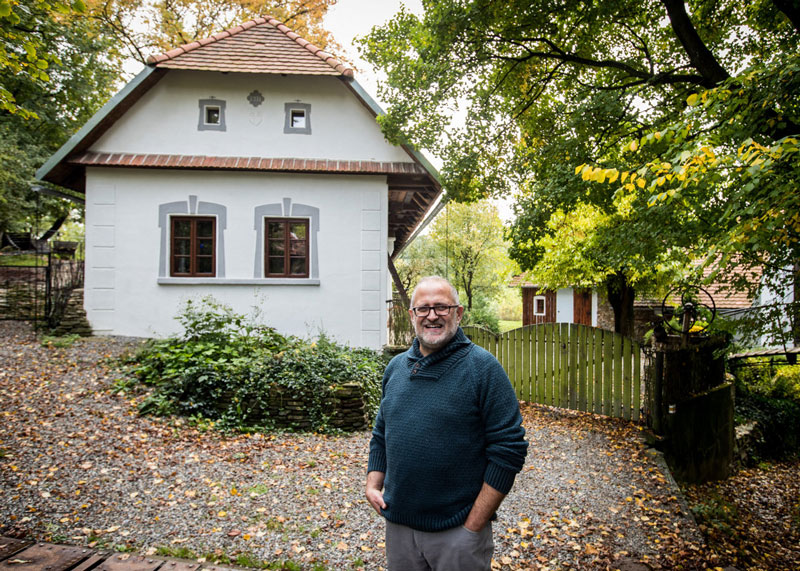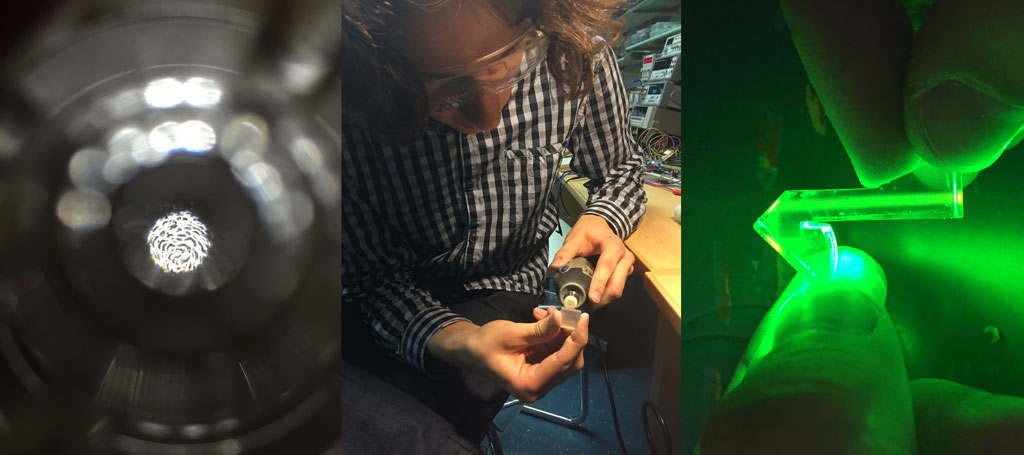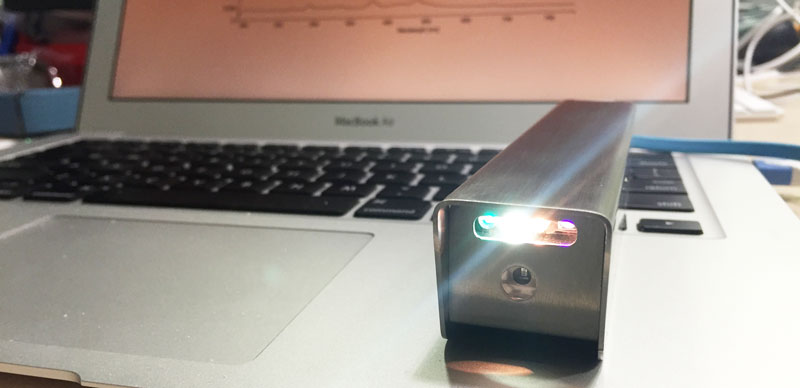Lumini TWO Spectrometer
Portable spectrometer and ultraportable spectrometric camera platform. With just 160g weight with stainless steel enclosure, it can be used on drones, airplanes, stratospheric balloons. Main applications are in spectrometer, spectroradiometer and spectrophotometer for optical, lighting and environmental industry.
SKU: L02Category: Spectrometers



Description
Measurement Capability: Irradiance, RGB, CMYK*, X*,Y* Color Temperature (CCT CIE 17.4-1987)*, Color Rendering Index CRI*, CQS*, CIE1931*, CIE1976*, C78.377-2008*, IEC-SDCM Spectrum Diagram* λp*, λD* Normalised Difference Vegetation Index – NDVI*
Wavelength Range: 330 ~ 890 nm
Optical Resolution: < 8 nm
Wavelength Accuracy: < 1 nm
Integration Time: < 0.15ms ~ 6s
Relative Intensity Level Resolution: 65536 by 16bit A/D converter
Interface with Smartphones: Bluetooth 4.0, iOS, Android compatible (minimum order quanitites apply)
Built-in light sources: 4 light sources from 340 to > 1000 nm
Power: Built-in Li-Ion battery, 400 – 450mAh, or USB 2.0
Data I/O: USER GPIO, microSD card or USB2.0
Dimensions LxWxH: 185 L x 24 W x 22 H mm
Electronic and FPGA Design
We began working together with Martin Holický when he was 16 years old. Young prodigy, hungry for knowledge, we together dove into searching for answers in electrochemistry with the excellent Cheapstat paper and electronic prototype. Later on, Martin and I worked on establishing an electrochemical laboratory at a startup Vestigen.
One of the works with Amofon Ltd. / Myspectral involved learning FPGA from scratch and designing a rugged spectrometer consisting of fast data readout, spectral data processing and output to a display and to a USB connected PC.

Currently, Martin is studying at the Imperial College London, working on a spectroscopic plastic sorting machine.
Mechanical and CAD Design
Mr. Roman Adámek has decades under his belt and is expert second to none in all things related to metal designing, prototyping and production. In the past, he worked as the chief of mechanical workshop at the Faculty of Architecture and Design of Slovak Technical University. His advice to students was always to the point, aiming at the preparation of students for real life conditions, meaning constraints in space, manufacturability, engineering time and budget. Because what good is a superbly designed product, if nobody can manufacture it for the benefit of the intended user?

Mr. Adámek takes pride in reconstruction of old folklore architecture, and combines the century old exterior with innovative, self designed interior elements, mostly made of wood and metal combined with novel electronics for lightning or swimming pool automation.


